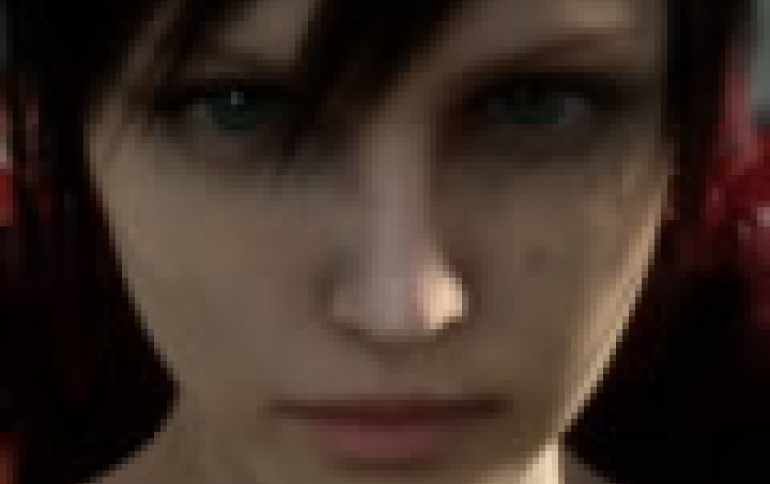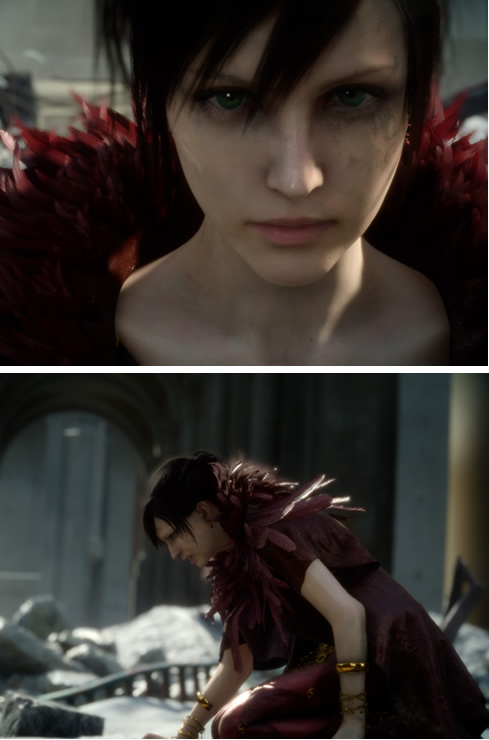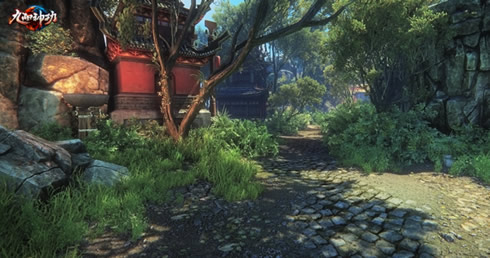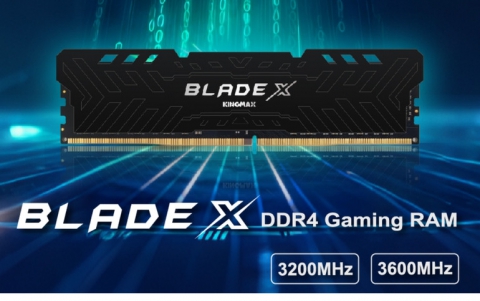
Cry Engine, Final Fantasy Direct X 12 Demos Impressed BUILD
During this week's BUILD conference in San Francisco, Nvidia impressed the audience with two very realistic game demos powered by Microsoft’s new DirectX 12 application programming interface (API) and NVIDIA GeForce graphics. In collaboration with NVIDIA and Microsoft, Square Enix – maker of the Final Fantasy series of video games – showcased a research project called WITCH CHAPTER 0 [cry].

The project portrays human crying - considered one of the most difficult emotions to recreate digitally — at a level of quality never seen before with a real-time, computer-generated character.
Microsoft technical fellow John Shewchuk talked through a strikingly detailed Final Fantasy PC demo that was running from a quad-SLI Digital Storm rig.
"The thing that's really incredible about what you're seeing is just the density of data that's involved in this," Shewchuk said.
In a bid to show that the demo was not pre-rendered CG, Shewchuk opened the free camera to look around the scene in real-time, as well as make various changes to the lighting.
Shewchuk claimed that each scene renders about 63 million polygons. "That's about 6 to 12 times more than we could do with DX11," he said.
He went on to claim that the textures were 8K by 8K, and that "every piece of hair is being rendered as a polygon -- this isn't surface map stuff. I think it's an incredible example of just how far people are pushing big data."
Nvidia said the demo was "running on four of our flagship GeForce Titan X GPUs."
Direct X 12 is due to arrive with Windows 10, which is rumored to debut in July.
Seperately, a day after NVIDIA helped stun the crowd at Microsoft’s BUILD conference, Nvidia talked about a second DirectX 12 demo that’s grabbing headlines.
King of Wushu, earmarked to be the first DX12 title in China, is also the first CryEngine-based game to take advantage of the next-generation graphics API.

NVIDIA GameWorks Effects Studio is working with game developer Snail Games to enhance King of Wushu with NVIDIA GameWorks technologies such as NVIDIA HairWorks, PhysX Clothing, and more that are yet to be announced.





















